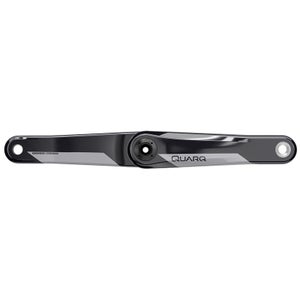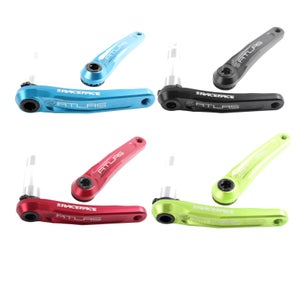Cranksets
2 results
Cranksets or “cranks” are one of the most essential parts of your drivetrain. A high-quality set of cranks will help transfer more of the power from your legs to your back wheel, ultimately propelling you forwards faster and more efficiently. Explore our range mountain-bike, road, and gravel cranksets, from some of the most reputable brands in the industry, like Shimano, SRAM, Race Face, and Rotor. If it’s a complete chainset you’re after, then offer a wide range of those too.
Sort by
- Popularity
- Price: Low to high
- Price: High to low
- Percentage Discount
- Newest Arrivals
0
selected
- MTB (1)
- Road (1)
-
All
-
A
-
B
-
C
-
D
-
E
-
F
-
G
-
H
-
I
-
J
-
K
-
L
-
M
-
N
-
O
-
P
-
Q
-
R
-
S
-
T
-
U
-
V
-
W
-
X
-
Y
-
Z
-
0-9
Q
R
0
selected
- Chainsets (2)
Products
-
 Log in/sign up to use Wishlists!
Log in/sign up to use Wishlists!Quarq Carbon DUB D2 V2 Crank Arm Assembly
RRP £199.00£86.57Save: £112.43 -
 Log in/sign up to use Wishlists!
Log in/sign up to use Wishlists!Race Face Atlas 30mm MTB Alloy Crank Arms
RRP £179.00£155.73Save: £23.27